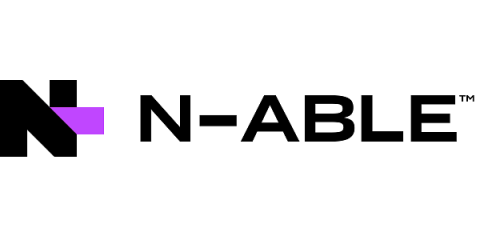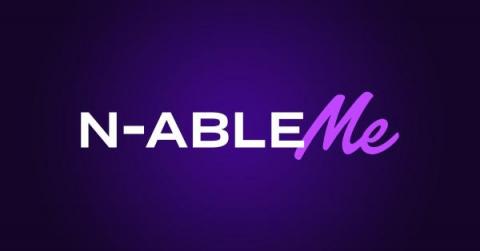How to Use PowerShell to Automate Office 365 Installations
In the fast-paced and demanding world of IT, every tool that saves time and simplifies tasks is worth its weight in gold. Today, we're going to explore how PowerShell scripts can be utilized to automate the installation of Office 365, a critical operation that can save you countless hours in the long run. In fact, with a well-written script, you can manage installations across an entire network from your desk.










